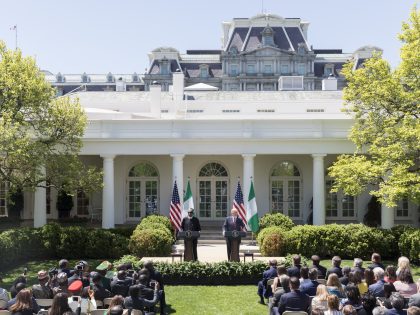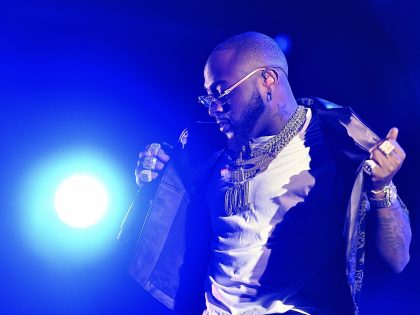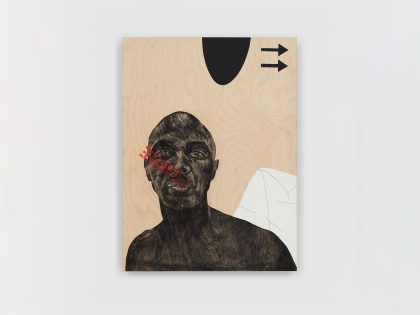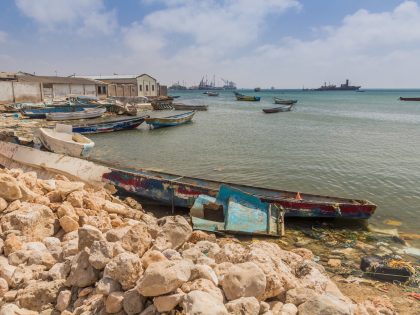Weekend in Stellenbosch
The writer went for a visit and found Stellenbosch, a Western Cape town that is home to one of South Africa's universities, strange, interesting and also very sad.

Downtown Stellenbosch. Image by Steve Crane. Via Flickr CC.
I just spent a weekend in Stellenbosch, the university town in South Africa’s Western Cape Province. Right around the same time, Africa’s a Country published a piece on the town. To be honest, I did not like the piece, but I do think it touched on things that I also observed. The generalisations regarding the race dynamics and the monochrome casting of the population groups living in the town were a little stark. But they were also starkly true, and, in broad strokes, they captured the weird, discomforting social undertones that shape life in the town. So, here’s my own take on why I found Stellenbosch so strange, so interesting and also so very sad.
We checked out the Slow Market at Oude Libertas, one of the more popular places on the hipster artisanal food circuit. Peter our car guard ushered us into a parking bay and we were off. The market was great, with all the delicious delights and craft goodies that you would expect. There were also many, young Afrikaner boys manning the stalls, selling all kinds of things. My girlfriend remarked that many of them were so confident and self-assured going about their business.
Confidence is a quality that stands one in good stead. The feeling of being free and assured about the ability to grab opportunities in the world is remarkably powerful. It’s the kind of feeling that does not pervade the lives of black men like Peter, a middle-aged man living in the township of Khayamandi, out of eye-sight of the lush green Stellenbosch valley, where the daily reality of exclusion, marginalisation and poverty often inspire feelings of anxiety. I had a bit of confidence, taking the opportunity to ring the Slave Bell to signal the end of the day’s trade. Strangely, it felt kind of liberating.
On Sunday, walking past the Exclusive Books store, it was interesting to see Kees van der Waal’s new edited text, Winelands, Work and Wealth: Transformations in the Dwars Valley prominently displayed in the window. I found it striking because it brought to the fore something that is so obvious but so well hidden in Stellenbosch town. Walking through the oak lined streets steeped in Cape Dutch vintage, it’s hard to tell that all of it was built up by the sweat of black slaves and workers over roughly 3 centuries. I could not find a slave or workers monument in the town, despite noticing how rich the public art culture was.
Later, we went into a Café that, from the number of people queuing outside, looked very popular. Schoon de Companje is compelling when you first walk in. It has a barnhouse feel of rough wood and rusted, worn metal and stocks everything from meats to bread, coffee, wine, cheese. Slowly, as we worked through our way through the store it dawned on us the theme was not a barnhouse, but a colonial goods store. Specifically, a Dutch East India Company (VoC) colonial goods store, since the walls were emblazoned with the Dutch flag embossed the VoC logo, images of Dutch maritime corporate imperialism, leading Dutch historical figures, and maps of the Cape Dutch period. Here Dutch colonial history is celebrated. The irony of such a stylised, easily consumable Dutch Imperial history in relation to questions of slavery, land dispossession and labour reform in the contemporary agri-economy is of course very bitter.
Stellenbosch is a fascinating place and it’s clear that Afrikaner folk are doing well preserving its heritage as a pristine, privileged centre of knowledge and culture. We had a good time there otherwise, and found some new and interesting places and met interesting people. But in saying that, the town undeniably represents one exclusive part of the larger post-apartheid story that I still find very difficult to come to terms with.



















